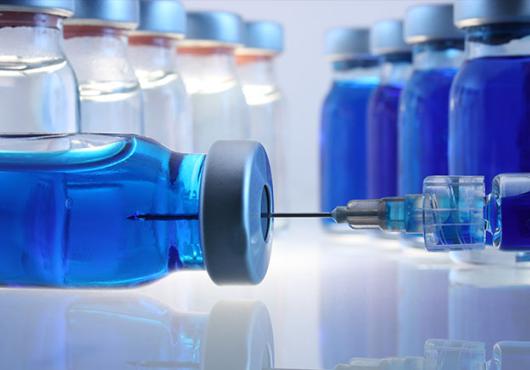
People with major depressive disorder or bipolar disorder who receive low-field magnetic stimulation (LFMS) show immediate and substantial mood improvement, according to findings by researchers from Harvard Medical School and McLean Hospital published in Biological Psychiatry.
Although other brain stimulation treatments like electroconvulsive therapy (ECT) and transcranial magnetic stimulation (TMS) are often effective for the treatment of depression, they typically take longer to have an impact on mood, said author Michael Rohan, lecturer at Harvard Medical School and physicist at McLean Hospital’s Brain Imaging Center. In addition, ECT is associated with side effects, such as memory loss.
“LFMS is unlike any current treatment. It uses magnetic fields that are a fraction of the strength but at a higher frequency than the electromagnetic fields used in TMS and ECT,” explained Rohan.
Antidepressant medications can be highly effective in treating depression but can take between four to six weeks before mood changes can be detected.
“Importantly, LFMS appears to have an immediate effect on mood and thus has the potential to provide relief in emergency situations,” explained Rohan, who first reported on the potential use of LFMS to treat depression in a 2004 study. “In addition to providing quick relief from symptoms, the other exciting piece about LFMS is that no side effects have been observed.”
Using a portable tabletop LFMS device that Rohan designed, the researchers conducted the study with 63 volunteers between the ages of 18 and 65. All participants had been diagnosed with either major depressive disorder or bipolar disorder and had been on a stable regimen of antidepressants or mood-stabilizing medications for at least six weeks.
Of the study participants, 34 actively received LFMS, while the other 29 went through the process of receiving LFMS, but did not actually receive any brain stimulation. Since neither the patients nor the researchers knew which treatment each person actually received, the true effect of the LFMS could be measured.
Each participant rated their mood before and after the single 20-minute treatment of LFMS using two common self-assessment tools. The participants who actively received the LFMS treatment indicated a marked improvement in their mood, while those who did not receive LFMS reported no change in mood.
“We observed immediate improvement in mood following relatively brief exposure to LFMS,” noted Rohan. “Although larger research studies are needed, we think LFMS could be a powerful tool as a rapidly acting treatment for depression either alone or in combination with medication.”
Biological Psychiatry also published commentary from experts on brain stimulation who said Rohan’s work on LFMS is exciting and shows great promise.
According to Rohan, additional research is already underway to find the best parameters for LFMS use in the clinical treatment of depression. He has also started a research study to evaluate the effects of multiple treatments, and to measure how long the antidepressant effects last following treatment.
Adapted from a McLean Hospital news release.


